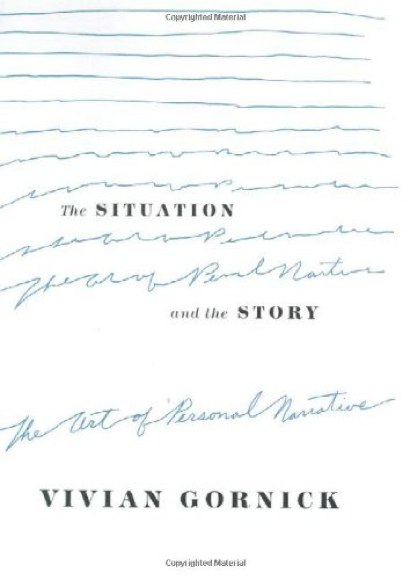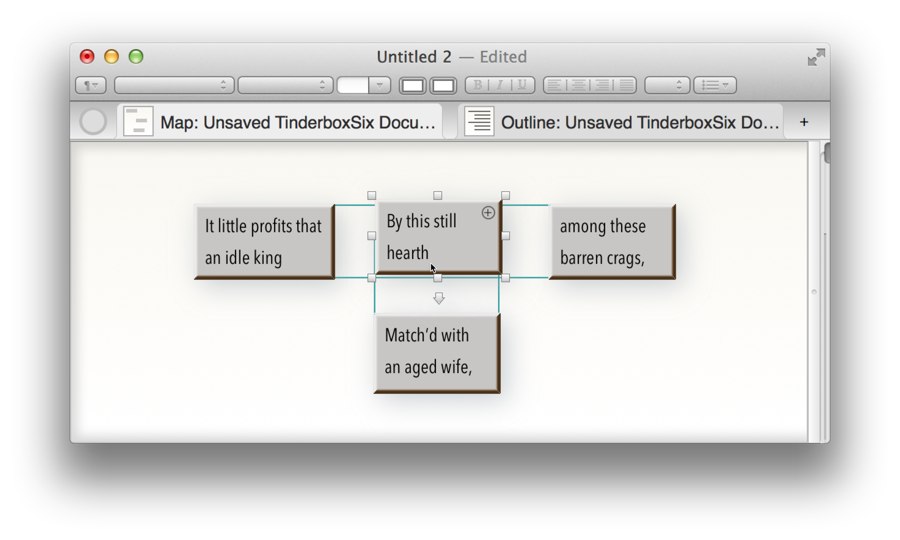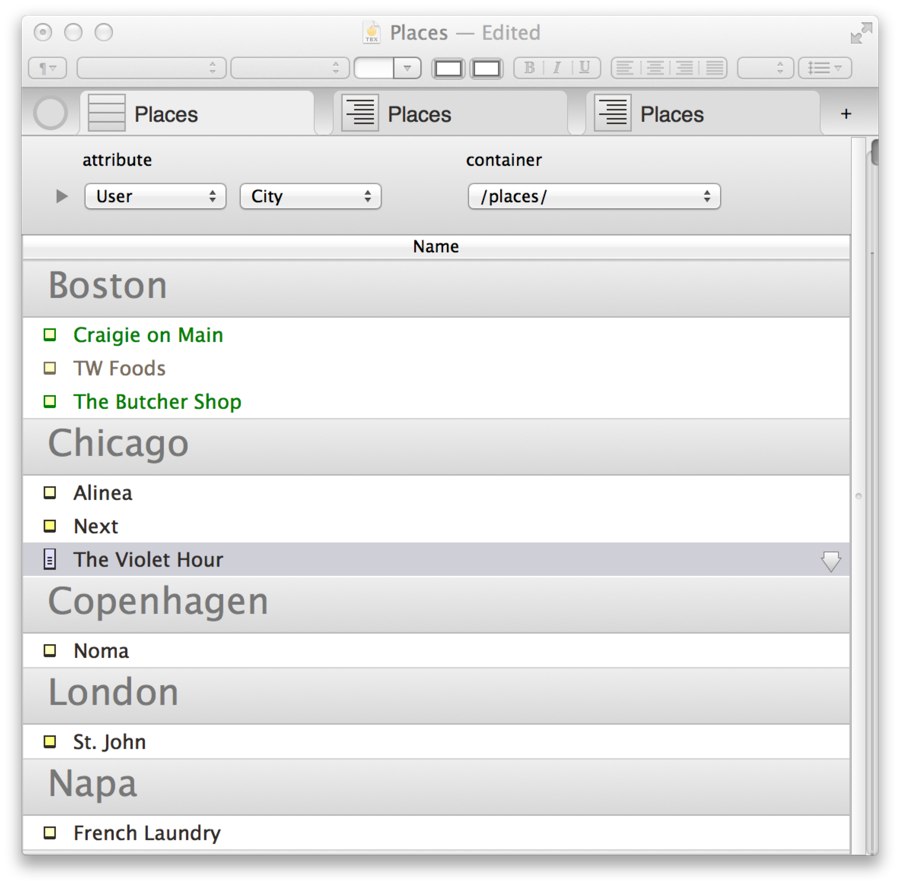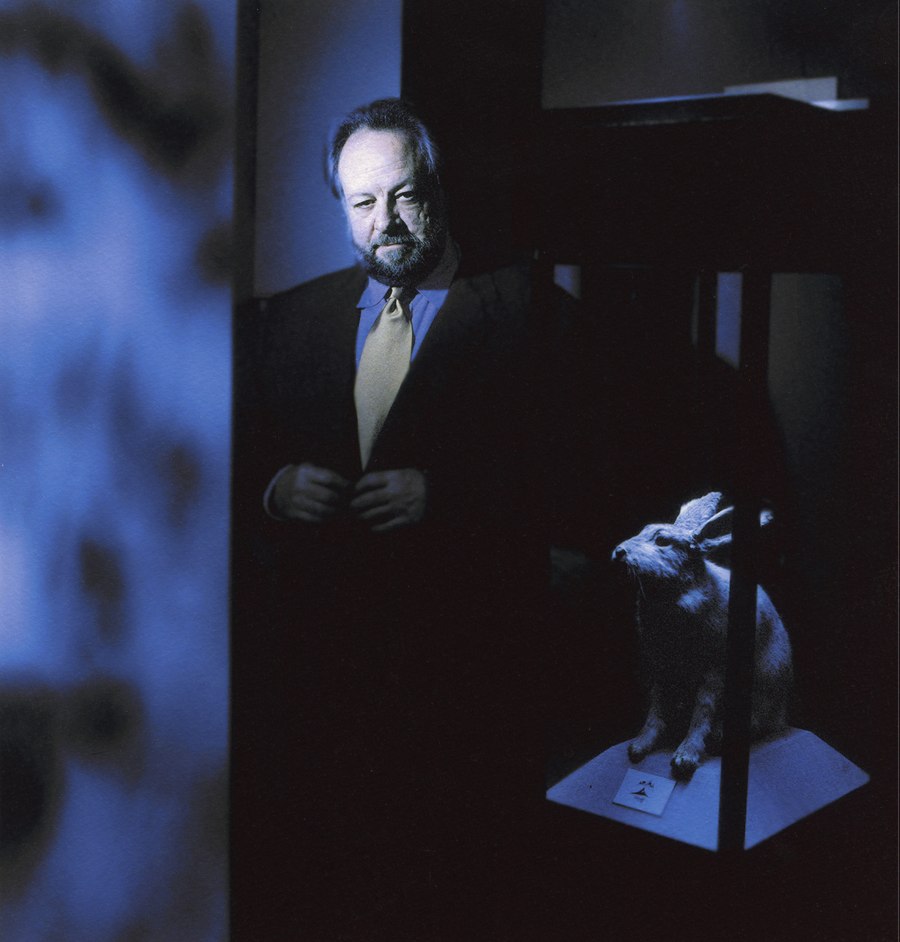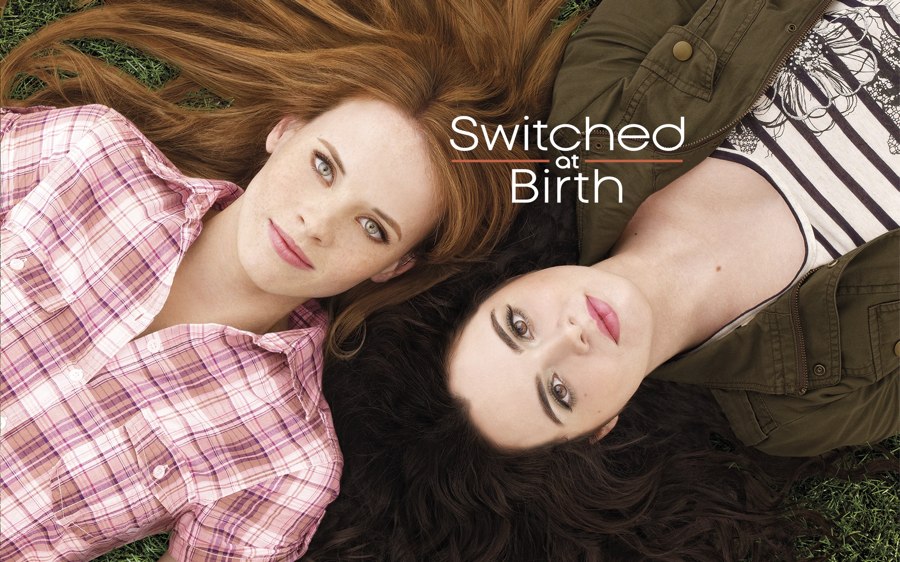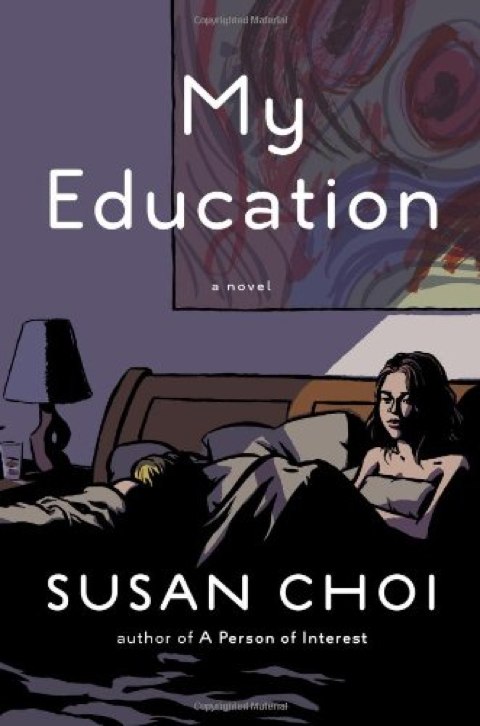As you all know, I’m very interested in upgrades.
In quashing a clever workaround from Omni, Apple has moved decisively to prohibit upgrade pricing for applications downloaded from its app store. Developers are up in arms; customers are absurdly blaming Omni.
Good commentary:
OmniGroup CEO Ken Case states the case for upgrades:
We still feel upgrade pricing is important for customers purchasing serious productivity software, since the initial value received from purchasing an app like OmniGraffle or OmniPlan is much different from the incremental value of upgrading that app from version 5.0 to version 6.0
This is a truth universally acknowledged: upgrades should cost less than buying the software. Is it true?
Reading the tea leaves, this is not a casual or accidental Apple policy, a case of cubicle C6 making a snap decision and causing a furore. Someone at Apple has thought this through and come to the conclusion that everyone’s common sense is wrong. What could they be thinking?
Value Pricing. We assume that upgrades should be less expensive because they represent a smaller change. Moving from yellow pads to a spreadsheet is a big change; moving from version 5 to version 6 is a smaller one. Building a first release entails lots of investment and lots of risk; building a fix is smaller and safer.
This line of reasoning is wrong.
If we think about the value of using a program and suppose that its cost reflects that expected value, the upgrade should often cost more! The expected value of a program always reflects a large discount because the program might not prove as effective as hoped. Any software purchase is risky. Suppose you’re buying it for work: your plans might change, you might get fired, you might get promoted, someone else might do the work you thought you had to do. Next week, a better tool might be announced, or your boss might refuse to switch to use the superior tool you’ve chosen, or IT might ban it. Or it might refuse to run on your computer, or suffer from a mysterious bug that only matters to you.
So: you’re thinking about buying a tool. You’re pretty sure it should save you 10 hours on your current project. Let’s say that’s worth $500. On the one hand, if it works well, you’ll still have the tool for other projects, and $500 in hand. On the other hand, maybe there’s only a 50-50 chance it’s going to work out. So you probably don’t want to pay $500, but you might figure that $200 is a decent value.
It works great. Time passes: before you know it, you’re upgrading to release 5.3.2. This isn’t a big update: it fixes a few obscure bugs, improves stability, polishes the user interface and loads 5% faster. What’s it worth?
The update is worth a lot because there’s very little risk. You already use the program all the time; the update will improve your environment slightly every day. You load the program three times a day; those saved seconds from the load time and the prevented crashes add up. They’re money in the bank. The value of a modest upgrade to a program you use a lot is actually greater than the expected value of the initial purchase.
This is especially true when software prices are heavily discounted for risk. After all, that’s why we have an App store where expensive products cost less than a pizza and typical products cost a buck. Almost all the value of an app is discounted by risk. If you already know you use an app, it’s not unreasonable to simply buy the new version at full price.
The proposition is this:
- New customer: Here’s a $100 value. But we both know how often these things don’t work out, so you can have it for just $10.
- Current customer: Here’s the upgrade. It’s worth $100, but because you’re already a customer, for you it’s just $10.
Publishers can offer upgrades at a reduced price because upgrades are, by definition, sold to current customers. Acquiring customers is expensive work, but selling good stuff to people you already know is much easier. We can spend $200 on Google ads to reach one real customer, but we can reach thousands of current customers free.
I suspect that, in Apple’s view, the App Store changes this equation. At the low price points that now prevail, nobody can do much marketing. You don’t see TV ads for Angry Birds, you don’t see OmniGraffle on the back of The New Yorker. The marketing, in effect, is done by driving traffic to the App Store, and Apple does most of that work out of its 30% cut.
App Store developers can’t talk to their customers more easily than they can talk to the world at large. There’s really no cost advantage to marketing upgrades in the App Store, so there’s not much reason to discount them.
The question remains: what are they thinking? A couple of years ago, Diane Greco (Happy Birthday!) and I wrote a paper on Designing A New Media Economy. The ecology of craft, publication, and distribution is complex but it’s not divinely ordained. We can build an economy that suits us. Apple, specifically, can build a software economy that suits Apple. But what are they hoping for?
I think it’s clear that Apple would like to reduce the level of fraud, deception, and incompetence in the software world, especially that part of the software world that’s visible to children, grandmothers, and reporters. Hence sandboxing, which has been a mess, and the approval process, which is messier.
I think it’s clear that Apple wants the Macintosh to be a viable business tool, which means they can’t close its software ecology the way the iPhone is closed. No one is going to let Apple approve the software that adds the secret ingredient in your Coca-Cola® factory or that trades APPL a few thousand times an hour. (But keep an eye on this: we have only three viable operating systems today and two are ailing; if we get a monoculture, all bets are off.)
I think it’s clear that Apple is temporizing while it seeks a solution to hard problems. Apple would like to ban porn from the App Store, but content that’s objectionable in Peoria is not the same as what’s objectionable in Puyang or Provincetown. Cooler heads might have called this problem intractable, but that’s the way Steve was: common sense, execution, and faith that you can find a way where those idiots have managed to get themselves gotten lost. Meanwhile, do your best and ship it.
And I think it’s clear that Apple doesn’t want upgrade pricing. You don’t get to upgrade your computer: you get a new one. That’s the vision for software, too. They’re thinking different. It contradicts what everyone knows. No one understands Apple’s reasoning yet, but they’re clearly one step ahead of us all.
